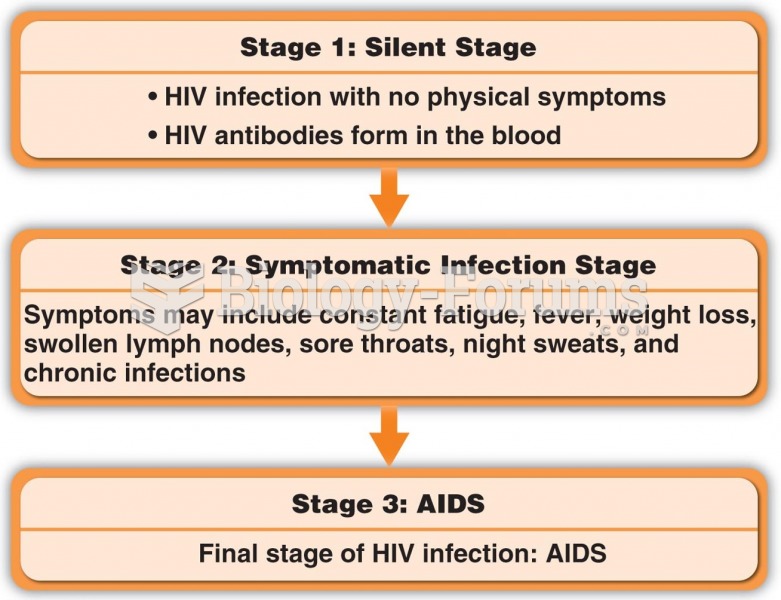Answer to Question 1
C
Feedback
A Incorrect. In the event the child fails to successfully complete a series of items of the Denver Developmental Screening Test II, the nurse will not choose to do nothing, as the test results can be very much affected by the child's condition.
B Incorrect. In the event the child fails to successfully complete a series of items of the Denver Developmental Screening Test II, the nurse will readminister the test, retakes are valid.
C Correct. In the event the child fails to successfully complete a series of items of the Denver Developmental Screening Test II, the nurse will choose to administer the test again in 1 month if the child is then well and sleeping well.
D Incorrect. In the event the child fails to successfully complete a series of items of the Denver Developmental Screening Test II, the nurse will not choose to wait at least 2 years to administer the test. The purpose of the test is to identify developmental disability early. There is not Denver III.
Answer to Question 2
D
Feedback
A Incorrect. A fracture that disrupts or transects the epiphyseal growth plate of a child is not associated with gigantism.
B Incorrect. A fracture that disrupts or transects the epiphyseal growth plate of a child is not associated with dwarfism.
C Incorrect. A fracture that disrupts or transects the epiphyseal growth plate of a child is not associated with increased risk for fat emboli or bleeding into the tissues.
D Correct. Because children have an epiphyseal plate at the end of the long bones, a fracture that disrupts or transects this plate may interfere with the growth of the bone and lead to limb length discrepancies or a halt in height attainment.







